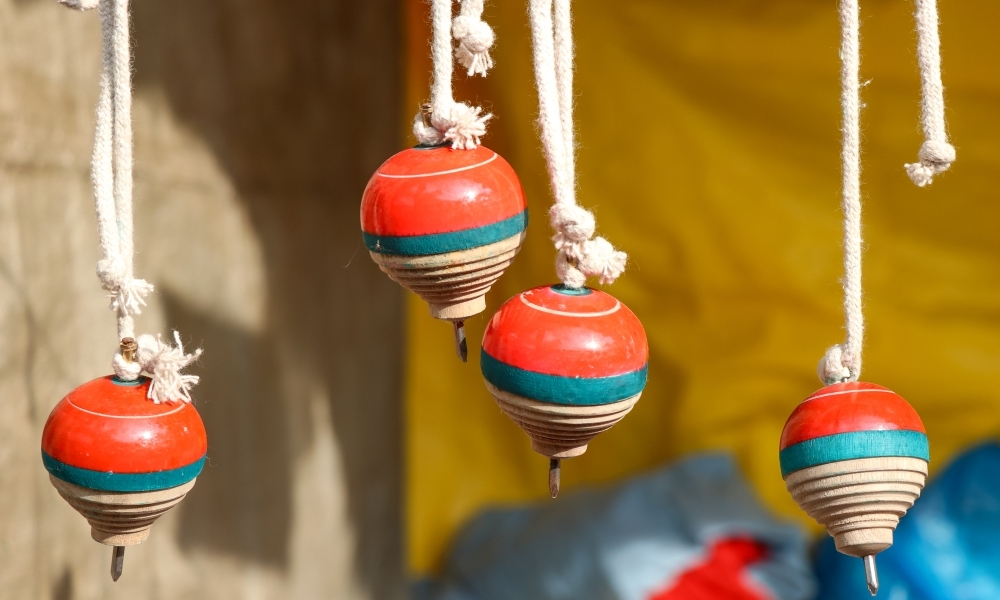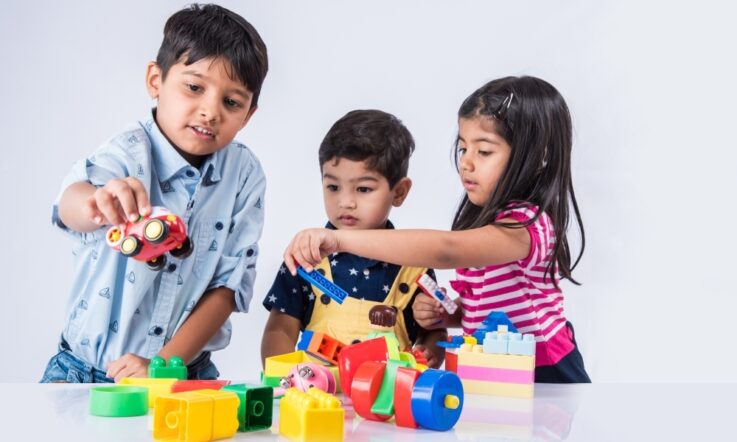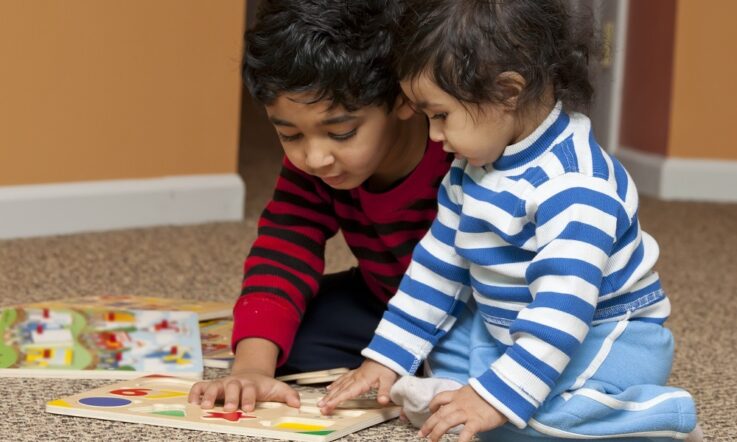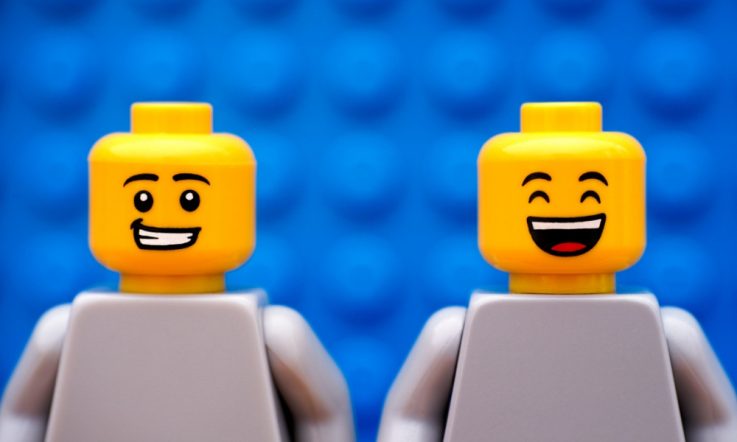In addition to creating wonderful memories, they can be effective resources for hands-on learning. Toddlers are known to develop their fine and gross motor skills with the help of toys at the beginning of their learning journey, and they support cognitive and emotional development.
So, can toys be used in our classrooms to improve student learning? Yes, Toy-Based Pedagogy can be an effective approach for students of all ages.
Using toys provides learners with opportunities like exploring, imagining, observing, creating, expressing and, most importantly, engaging and playing. If mapped appropriately and strategically with concepts and subjects, the process from making toys to playing with them can also promote experiential learning.
Toy-Based Pedagogy and its benefits
‘Toy-Based Pedagogy is based on the principle that toys are not just for entertainment or recreation but can also be used as a learning resource for the mental, physical, social and emotional development of the child. Toys can open up and ignite the mind of the child.’ (NCERT, 2022)
Using this approach can be an effective way of developing 21st Century skills such as creative and critical thinking, reasoning, problem-solving, communication and adaptability. The recent NCERT handbook (2022) explains Toy-based Pedagogy is part of Play-based Learning: ‘Play is a process, while board games, toys or field games are objects on which play operates.’
Toys and games can help enhance students’ cognitive skills, such as attention, memory (both short-term and long-term), visual processing, auditory processing, and processing speed. They are also useful in developing the socioemotional skills such as self-awareness, self-management, social awareness, relationship skills, and responsible decision-making (NCERT, 2022).
Students can also improve upon their physical skills, including fine and gross motor skills, overall body control, coordination of movements, spatial awareness, hand-eye coordination, and balance. Right from classes Nursery to 12th, toys can be used to teach all subjects – Social Sciences, Psychology, Philosophy, Political Science, Economics, Mathematics, Languages, Entrepreneurship, Science, Environmental studies (to name just a few) in labs, classrooms and during online classes.
For example, a small wooden cart can be used to teach concepts in Physics and also to help children understand agricultural practices in Geography. Constructing a sailboat can be used while explaining a literature topic, measurement and scientific concepts.
Examples from my own school
At Pragyan School we effectively use Toy-based Pedagogy to make learning fun-filled for our students. For instance, students of grade V created beautiful puppets using sticks and paper under the guidance of their art teachers. These puppets were then used in language classes for portraying different characters from the stories in the textbooks. Students presented character sketches and role plays of the stories making use of the puppets created by them.
Another interesting toy created by students of grade VIII was the kaleidoscope. This was prepared using easily available material like cardboard, mirrors, and broken pieces of bangles. The toy was used to create beautiful patterns and eventually understand the concept of symmetry in mathematics and reflection of light in science.
Students of grade XI created a sailboat using paper and other required material as a part of the lesson on the English textbook Hornbill, with the aim to help them understand travelogues. They could also use the same to understand the composition of a sailboat and gain clarity on the concept of upstream and downstream in correlation to the lesson.
A simple toy like a spinning top can be used to teach the concept of symmetry and circular pattern in Mathematics to middle school students. A small piece of chalk or pencil can be attached to the portion of the top that helps it spin. On releasing the top, the chalk or pencil will create patterns on your piece of paper. These patterns can be used to explain the concept of circles in general, concentric circles and symmetry. Once the pattern is created, students can be asked if a line of symmetry can be drawn through the pattern created by the top. Teachers can guide students to create their own tops by just using a cardboard or an old CD and placing a crayon or sketch pen in its centre.
Another simple toy like a clay doll can be used to talk about a literature topic in languages and at the same time be used to talk about the historical relevance: the kind of clothes people used to wear in the past, the kind of environment and so on. The Cup and Ball toy can be used to help students understand force and pressure – you can extend this by getting students to create the toy first.
Eventually, a library of toys can be created that can be used by different teachers to clarify different subject topics and concepts. The important aspect is to break the stereotype and introduce toys in classrooms, whatever the age range, and open the doors of exploration for students.
Choosing a suitable toy or game
We can use any kind of toys and games to implement this pedagogy in the classroom. The main criteria for selection should be the access and availability, the local connection and, above all, the potential to help in exploring and learning abstract concepts. We have all played with materials such as shells, wood, coconut shells, clay, wire, paper, wax, soap bubbles, leaves, sticks, seeds, bicycle tyres, stones, and sand during our childhood. All these are games and toys which involve scientific basis and have a great educational relevance.
Indigenous toys and games such a spinning top (lattoo), Firki, kites, dug-dugi, Phirni the Pinwheel, Magic Cards, flying birds, magic snake, etcetera, are some of the examples which are delightful play objects and can be used effectively in the teaching learning process. Indian dolls and puppets also have a huge potential to address curricular needs at school level.
Apart from Indigenous toys and games, the latest mobile and web applications, digital toys and games, board games, mazes and educational kits for different ages and stages can also be used for teaching.
References and related reading
Arora, R. (September 4, 2020. Learning with toys: More fun and creativity. The New Indian Express. https://www.newindianexpress.com/cities/delhi/2020/sep/04/learning-with-toys-more-fun-and-creativity-2192148.html
Ministry of Education, Government of India. (2022, January 20). Toy-based pedagogy is in alignment with the NEP 2020 and Prime Minister’s vision of “Vocal For Local" - Dr. Rajkumar Ranjan Singh [Press release]. https://pib.gov.in/PressReleaseIframePage.aspx?PRID=1791279
National Council of Educational Research and Training (NCERT). (2022). Toy-based Pedagogy: A Handbook. Department of School Education & Literacy Ministry of Education, Government of India. https://dsel.education.gov.in/sites/default/files/update/toy_based_pedagogy.pdf
How do you use play and toys to support teaching and learning in your own school? Is this approach fully mapped to concepts and subject plans?



